Ackee and saltfish is more than just a delicious meal; it’s a nutritious choice that can be part of a healthy diet. This dish combines the soft, buttery ackee fruit with savory saltfish, offering a unique taste that’s not only satisfying but also good for you. We’ll take a closer look at what makes ackee and saltfish a smart choice for those who care about what they eat.
Packed with essential nutrients, ackee, and saltfish provide a combination of vitamins, minerals, and proteins. This article will guide you through the Nutritional value in ackee and saltfish, helping you understand how they contribute to your well-being. So, let’s dive into the world of ackee and saltfish and discover the goodness in every bite!

Nutritional Breakdown of Ackee
Ackee is a fruit that’s big on taste and nutrition. When you scoop into the soft, yellow flesh, you’re getting a mouthful of good stuff. Here’s what’s inside:
- Calories: Ackee isn’t heavy on calories. A cup of ackee has about 151 calories. That’s like the calories in a small apple.
- Proteins: It’s not a protein giant, but it does have some. You’ll get about 2.9 grams per cup.
- Carbs: Ackee has carbs, about 37.4 grams per cup. Carbs give you the energy to play and study.
- Fats: The fruit has fats, but they’re mostly the good kind. There are about 15.2 grams of fat in a cup, and they help your brain work better.
- Vitamins and Minerals: Ackee is full of vitamin C, which keeps your skin and body healthy. It also has lots of other vitamins and minerals like calcium for strong bones, iron for your blood, and potassium to keep your muscles working right.
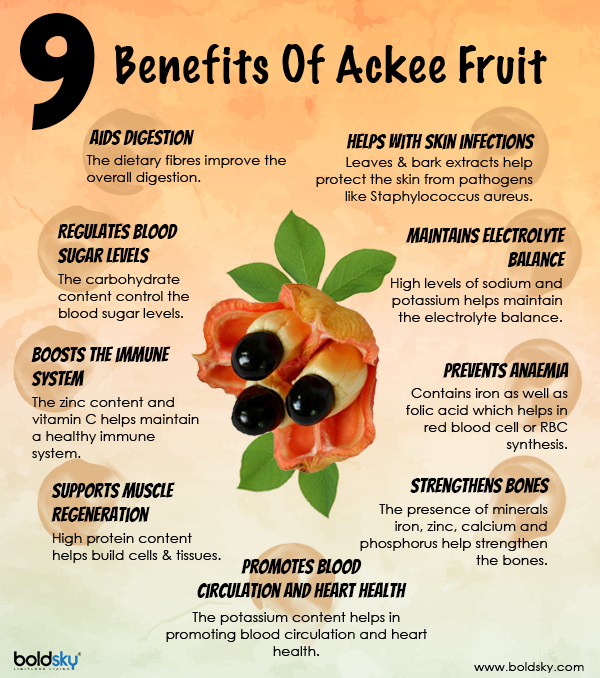
Nutritional Breakdown of Saltfish
Saltfish, or dried and salted cod, is a big deal in many dishes, including ackee and saltfish. Here’s the lowdown on its nutrition:
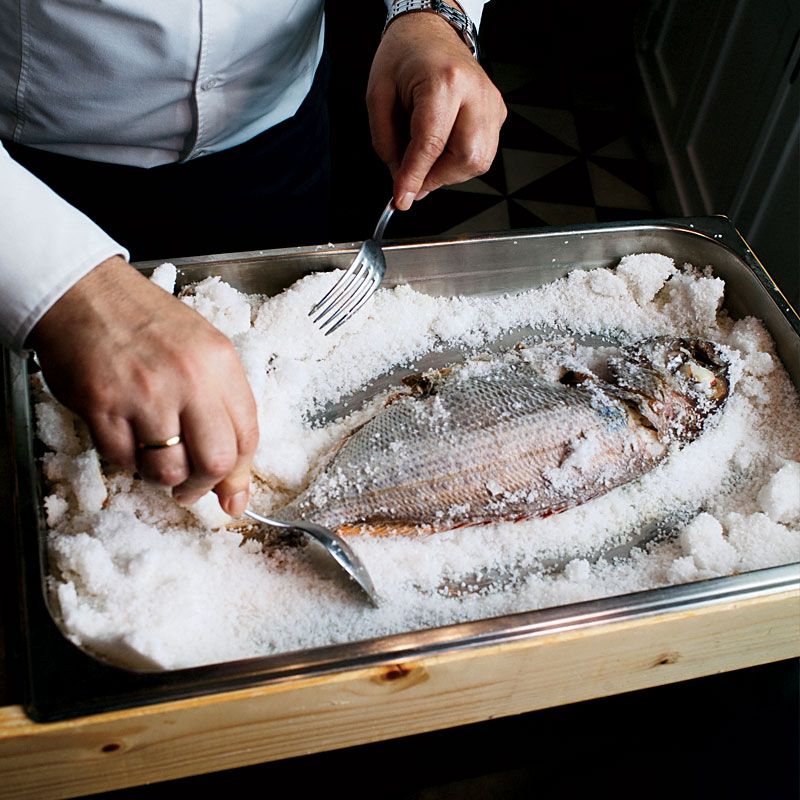
- Protein: Saltfish is packed with protein. One fillet can have up to 36 grams. That’s a lot, and it’s great for building muscles.
- Salt: There’s a clue in the name—saltfish is salty. It has a lot of sodium, which is something to watch out for. Eating too much salt can be tough on your heart.
- Low Fat: Unlike ackee, saltfish don’t have much fat. It’s lean, which means it’s not oily or greasy.
- Vitamins: Just like ackee, saltfish has vitamins too. It’s got vitamin B12, which is important for your nerves and blood cells.
Remember, even though ackee and saltfish are tasty, it’s all about balance. Eating a variety of foods is the best way to stay healthy!
Nutritional value and Health Benefits in ackee and saltfish
Eating ackee and saltfish isn’t just delicious—it’s also good for your body. Let’s look at how this dish can keep you healthy:

- Good for Your Heart: The fish in this dish is full of omega-3 fatty acids. These are special fats that are friends with your heart. They help keep your heart beating strong and can even make sure your blood pressure doesn’t get too high.
- Keeps You Full of Energy: Ackee has lots of B vitamins. These vitamins are like your body’s energy helpers. They help you turn the food you eat into the energy you can use to run, jump, and play.
- Helps Your Brain: The healthy fats in ackee are also great for your brain. They help your brain cells talk to each other, which can make you better at learning and remembering things.
Preparing Ackee and Saltfish the Healthy Way
You might be wondering how to cook ackee and saltfish so it’s as healthy as possible. Here are some tips:
- Cut Down on Salt: Since saltfish is already salty, you don’t need to add more salt. Soaking the fish in water before you cook it can also help reduce the saltiness.
- Cooking Methods: Try cooking methods that don’t need a lot of oil, like boiling or steaming. This way, you keep the dish healthy and tasty.
- Add Veggies: Throw in some colorful vegetables like bell peppers or tomatoes. They add flavor, vitamins, and make the dish even better for you.

By following these tips, you can enjoy ackee and saltfish in a way that’s good for your taste buds and your health!
Portion Control and Dietary Balance
When it comes to eating right, how much you eat is just as important as what you eat. Here’s how to enjoy ackee and saltfish in a healthy way:

- Just Right Portions: A good serving size for ackee and saltfish is about the size of your hand. This is enough to fill you up without eating too much.
- Balance Your Plate: Along with ackee and saltfish, fill half your plate with fruits and veggies, a quarter with grains like rice or bread, and the last quarter with your ackee and saltfish.
- Listen to Your Body: Eat when you’re hungry, but stop when you’re full. Your body knows best when it’s had enough.
Final Analysis
Ackee and saltfish is a dish with deep roots in Jamaican culture and offers a wealth of nutritional benefits. It’s a meal that brings together the creamy, rich ackee with the hearty, protein-packed saltfish. This dish is not only a delight to the taste buds but also a contributor to a healthy diet when consumed in the right amounts.
Remember, the key to enjoying ackee and saltfish, or any food, is balance and moderation. Pairing this dish with a variety of other foods, especially fruits and vegetables, can make your meals both enjoyable and nutritious. While it’s important to be mindful of the salt content, especially for those with dietary restrictions, ackee and saltfish can still be a part of a healthy eating plan.
FAQs
Disclosure: Our blog contains affiliate links to products. We may receive a commission for purchases made through these links. However, this does not impact our reviews and comparisons. We try our best to keep things fair and balanced, in order to help you make the best choice for you.


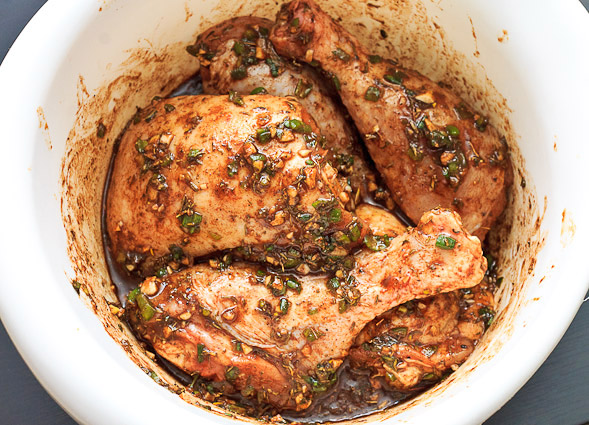
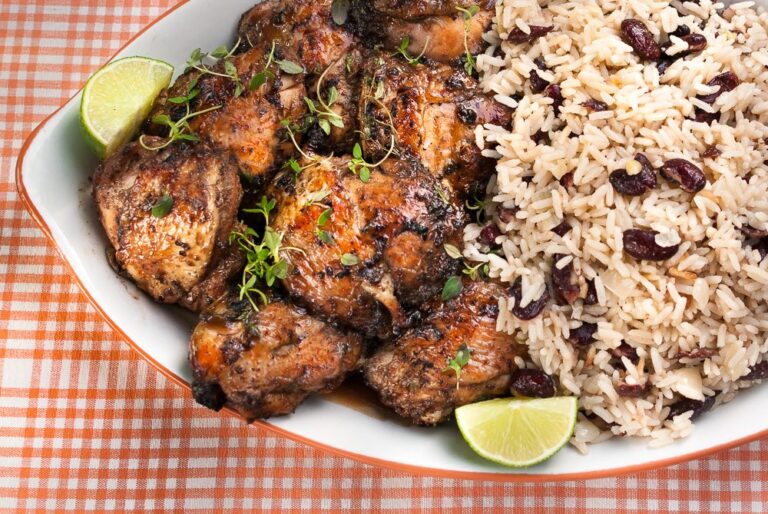
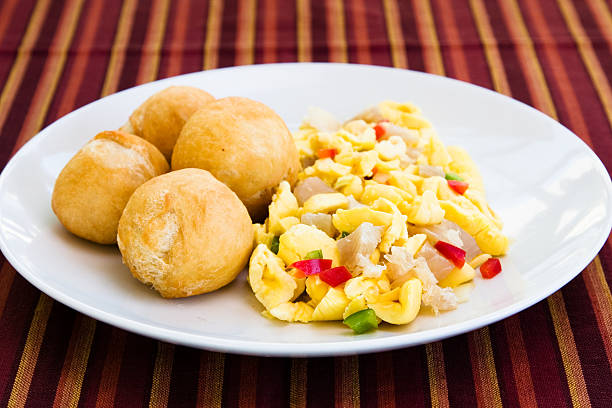
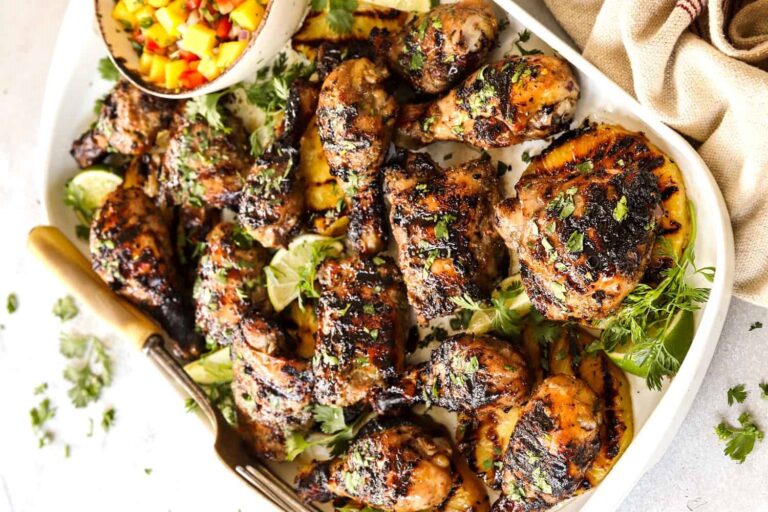


One Comment